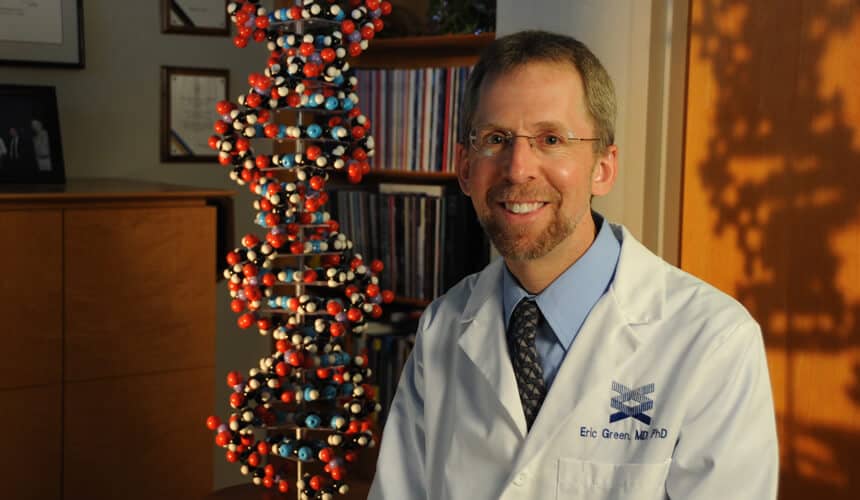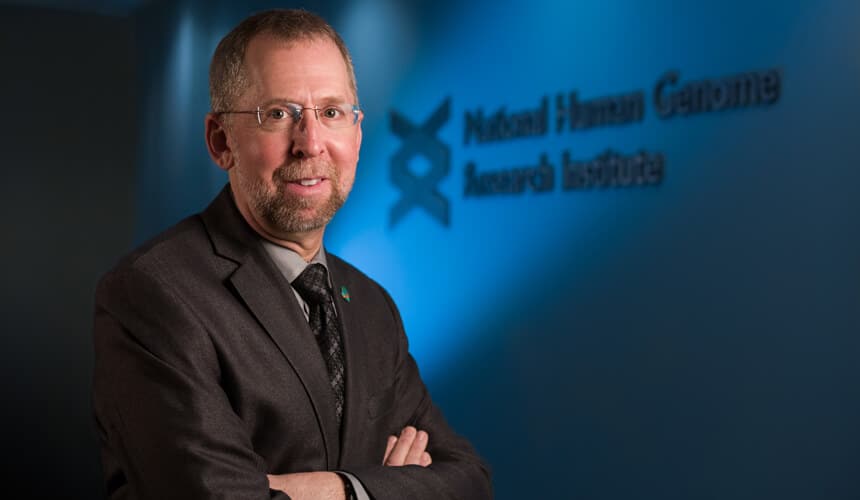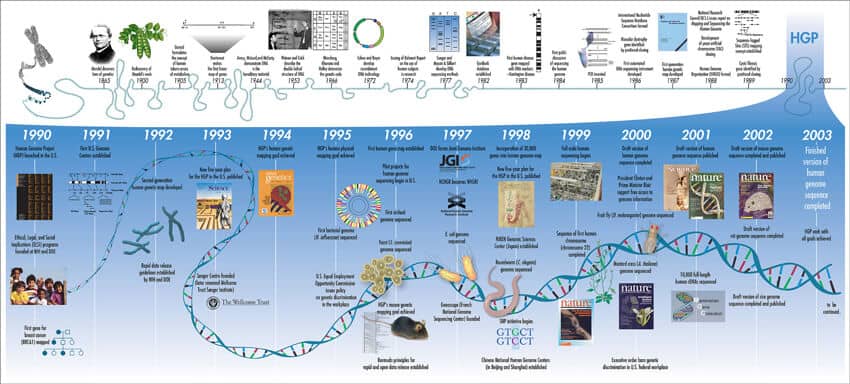Eric Green
Genomics Chief
Eric Green BS1981’s ability to understand and convey the intricacies and the promise of science is part of his DNA, which only seems fitting.
The son of a noted Saint Louis virologist, Green was on the ground floor of the Human Genome Project as a researcher. In 2009, he was appointed director of the National Human Genome Research Institute, one of the 27 organizations within the National Institutes of Health.
A genome functions as a blueprint for making living things. In 1990, scientists worldwide took on the monumental task of mapping the entire human genome. After the sequence was triumphantly completed in 2003, emphasis shifted from conducting basic science to finding direct applications for medical care, coupled with studying the legal and social implications of advances in genomics.
While managing an annual budget of half a billion dollars, Green also serves as the public face of genomics, speaking with unbridled enthusiasm about its potential. He notes that the field informs far more than medical care: it offers a powerful tool for forensics (think CSI), improves crops and livestock, and helps us care for pets.
He began leading a key facet of the federal government’s ambitious Precision Medicine Initiative when it was launched in 2015. The project studies a million volunteers over time, providing researchers with “very subtle features of human health and disease,” Green said, and nurturing steady progress toward personalized medical care. “We’ve spent all this time figuring out how the human genome works, and now the goal is to get to the bedside of patients and change the way that medicine is practiced.”
A self-described photography geek and diehard Saint Louis Cardinals fan, Green didn’t always know that his career would center on genomics. And he tells students that life doesn’t have a master plan.
But make no mistake: his dismissiveness about plans doesn’t tamp down his excitement about what the future could hold. He has been guided by lifelong learning and curiosity. “I want to understand how every living creature on Earth has evolved,” he said.
 36° F
36° F

